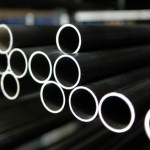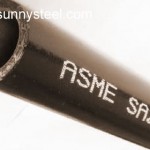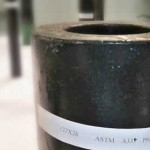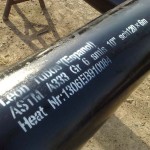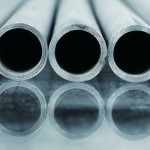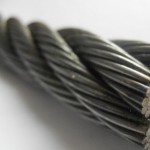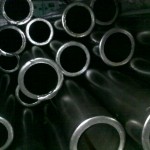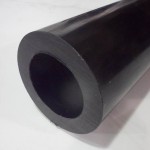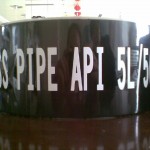Mild steel and low carbon steel

Mild steel is the least expensive of all steel and the most common steel used. Used in nearly every type of product created from steel, mild steel is weldable, very hard and, although it easily rusts, very durable. Containing less than 2 percent carbon, mild steel is able to be magnetized and used in most any project that requires a vast amount of metal. The structural strength of mild steel prevents it from being used to create load-bearing girders and structural beams.
Mild and low carbon steel
Mild steel, also called plain-carbon steel, is the most common form of steel because its price is relatively low while it provides material properties that are acceptable for many applications. Low carbon steel contains approximately 0.05–0.15% carbon and mild steel contains 0.16–0.29% carbon; making it malleable and ductile, but it cannot be hardened by heat treatment. Mild steel has a relatively low tensile strength, but it is cheap and malleable; surface hardness can be increased through carburizing.
It is often used when large quantities of steel are needed, for example as structural steel. The density of mild steel is approximately 7.85 g/cm3 (7850 kg/m3 or 0.284 lb/in3) and the Young’s modulus is 210 GPa (30,000,000 psi).
Low carbon steels suffer from yield-point runout where the material has two yield points. The first yield point (or upper yield point) is higher than the second and the yield drops dramatically after the upper yield point. If a low carbon steel is only stressed to some point between the upper and lower yield point then the surface may develop Lüder bands. Low carbon steels contain less carbon than other steels and are easier to cold-form, making them easier to handle.
Chemical composition of Mild steel
Mild steel is a carbon steel typically with a maximum of 0.25% Carbon and 0.4%-0.7% manganese, 0.1%-0.5% Silicon and some + traces of other elements such as phosphorous,it may also contain lead (free cutting mild steel) or sulphur (again free cutting steel called re-sulphurised mild steel) The stuff is used everywhere, looking out of my office window I can see diesel pump injector parts, loudspeaker pole pieces, Automated packing machinery parts and I haven’t even got my glasses on. How its made and more info, depending upon the age of your son it’s probably an idea he spends a Saturday morning at the local library researching his homework.

